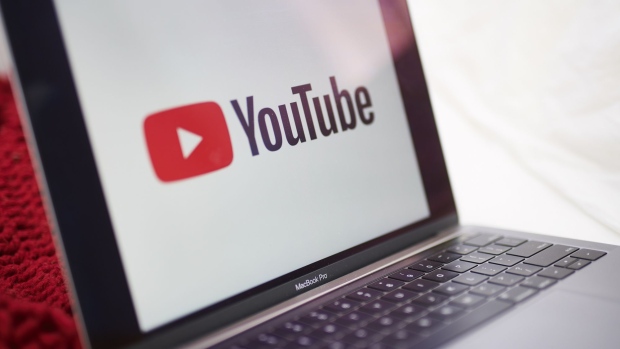Feb 17, 2021
YouTube's quick-video answer to TikTok coming to U.S. in March
, Bloomberg News

YouTube will introduce a short-form video feature called Shorts to the U.S. in March, making its biggest move yet to respond to the growing challenge from TikTok.
Americans will be able to use a preliminary version of Shorts while the company, owned by Alphabet Inc.’s Google, continues developing the feature, YouTube said Wednesday in a blog post. Shorts lets users create and upload 15-second videos, the length of an average video on ByteDance Ltd.’s TikTok. YouTube has been testing the feature in India since September, and said the videos are now being watched more than 3.5 billion times a day in the country, which is its largest market.
TikTok’s surge in popularity during the coronavirus pandemic has forced other social media companies to adjust their strategy and come up with similar products. Facebook Inc.’s Instagram debuted Reels, while Snap Inc. introduced Snapchat’s Spotlight and YouTube unveiled Shorts.
YouTube is the largest video site in the world and the easiest way for an amateur filmmaker, comedian or musician to make money. But as YouTube has gotten bigger and more professionalized, many younger people have turned to TikTok to popularize dance crazes and lip-synch video challenges with only their smartphones.
“We know there’s still a huge amount of people who find the bar for creation too high” on YouTube, Neal Mohan, chief product officer, wrote in the blog post.
Mohan announced the expansion of Shorts as part of a new series giving people a look behind the scenes at technology and product development at YouTube. He also offered a few additional stats and changes coming to YouTube in 2021.
Thirty-five million people now use the YouTube Kids app every week, up from 20 million in June 2019. Though the company has tried to direct children to watch videos in the family-friendly app, many of the most popular channels on regular YouTube still make videos tailored for kids. The company is readying a new option that will let parents add specific channels or videos from the flagship site to the service specifically for youngsters.
YouTube also said it is introducing new tools for creators to make money from their fans, including an applause feature, akin to a digital tip jar, and a new commerce plan. YouTube makes most of its money from advertising, generating about US$20 billion in 2020. But channels are looking for additional ways to diversify their business and reduce their reliance on ads, including selling memberships, asking fans for tips and selling T-shirts and other merchandise.
The company said its TV product, which gives users access to more than 85 traditional television channels online, now has more than 3 million paid subscribers. The service has been a way to diversify the company’s revenue beyond advertising dollars.





